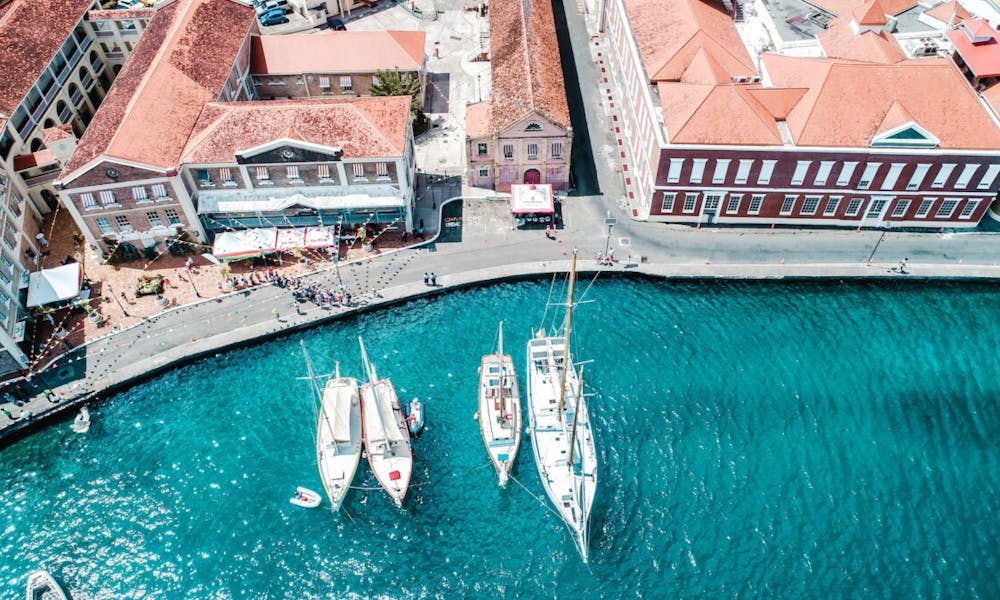MENU
The Jewel of Andalusia: Unveiling the History of Grenada, Spain

Nestled in the heart of Andalusia, Grenada stands as a captivating city with a rich and storied history that spans centuries. From its origins as an ancient settlement to its flourishing as the last Muslim stronghold in Spain, Grenada has witnessed the rise and fall of civilizations, leaving an indelible mark on its cultural landscape. In this article, we embark on a journey to explore the fascinating history of Grenada, Spain, unearthing its hidden gems and shedding light on the vibrant tapestry of its past.
Ancient Origins: Traces of the Past
The origins of Grenada can be traced back to prehistoric times, as archaeological findings have revealed traces of early human settlements in the region. However, it was during the Roman era that Grenada began to take shape as an established city. The Romans recognized the strategic importance of the location, situated at the confluence of three rivers, and established a settlement known as Iliberris.
Over time, the city evolved and prospered under Roman rule, witnessing advancements in infrastructure, trade, and governance. Grenada served as a vital hub for commerce, connecting the Roman Empire to other regions of the Iberian Peninsula.
Moorish Influence: The Golden Age of Al-Andalus
The history of Grenada took a momentous turn with the arrival of the Moors in the 8th century. Led by Tariq ibn-Ziyad, the Muslim conquest of the Iberian Peninsula ushered in a golden age for Grenada and the surrounding region. Under Moorish rule, Grenada flourished as the capital of the Emirate of Cordoba and later the Kingdom of Grenada.
The Moorish period witnessed significant cultural, intellectual, and architectural achievements. Grenada became a center of learning and artistic expression, attracting scholars, poets, and philosophers from across the Islamic world. This cultural fusion of Islamic, Jewish, and Christian influences gave birth to a distinctive architectural style known as Mudéjar, characterized by intricate geometric patterns, ornate tilework, and stunning archways.
Captivating Landmarks: A Glimpse into the Past
One cannot delve into the history of Grenada without encountering its crown jewel, the Alhambra. Perched atop a hill overlooking the city, the Alhambra is a masterpiece of Moorish architecture and a testament to the splendor of the Nasrid dynasty.
This sprawling complex, encompassing palaces, courtyards, gardens, and fortifications, was meticulously designed to showcase the harmony between nature and architecture. The intricate carvings, delicate stucco work, and mesmerizing tile patterns that adorn the Alhambra transport visitors to a world of unparalleled beauty.
As one strolls through the Alhambra’s Generalife Gardens, they are greeted by a serene oasis of lush greenery, fountains, and fragrant blooms. These gardens, with their symmetrical layouts and meticulously maintained landscapes, provide a tranquil retreat, inviting visitors to contemplate the splendor of the natural world.
Beyond the Alhambra, Grenada is replete with captivating landmarks that bear witness to its rich history. The Albayzín, a historic neighborhood characterized by its narrow winding streets and white-washed houses, offers a glimpse into the city’s Moorish past. The Corral del Carbón, a 14th-century caravanserai, stands as a reminder of Grenada’s significance as a trading hub during medieval times.
The Fall of Grenada: A Shifting Landscape
The history of Grenada took a dramatic turn in 1492 when the Catholic Monarchs, Ferdinand and Isabella, completed the Reconquista—the Christian reconquest of Spain. After a protracted siege, the Kingdom of Grenada fell to the Catholic forces, bringing an end to Muslim rule in the region.
However, the Catholic Monarchs recognized the value of Grenada’s cultural heritage and allowed the Moors to retain their religion, language, and customs. This policy of tolerance, known as the Capitulations of Grenada, aimed to maintain social stability and preserve the contributions of the Muslim population.
A Cultural Melting Pot: Renaissance and Beyond
With the dawn of the Renaissance, Grenada experienced a cultural resurgence as new artistic and intellectual currents swept across Europe. The city became a vibrant center for art, literature, and scholarship.
One of the notable figures from Grenada’s history is the renowned poet and playwright Federico García Lorca. Born in 1898, Lorca became one of Spain’s most celebrated literary figures, captivating audiences with his lyrical verses and poignant theatrical works. Lorca’s connection to Grenada is deeply ingrained in the city’s cultural fabric, and his legacy lives on through the House-Museum that bears his name.
Grenada Today: A City of Enduring Beauty
Today, Grenada stands as a vibrant and enchanting city that seamlessly blends its rich history with modern allure. Its UNESCO World Heritage Sites, including the Alhambra and the Albayzín, attract millions of visitors each year, immersing them in the splendor of Grenada’s past.
Moreover, Grenada’s cultural vibrancy continues to flourish through its festivals and traditions. The annual Festival Internacional de Música y Danza de Granada showcases world-class performances against the backdrop of the Alhambra, while the Semana Santa (Holy Week) processions offer a glimpse into centuries-old religious customs.
Conclusion
The history of Grenada is a captivating tale of cultural exchange, artistic brilliance, and historical significance. From its ancient origins to its golden age under Moorish rule, Grenada has flourished as a beacon of art, architecture, and intellectual pursuits. As visitors wander through its winding streets, marvel at the splendor of the Alhambra, and immerse themselves in its vibrant culture, they become part of Grenada’s enduring narrative—a narrative that continues to shape the city and leave an indelible impression on all who encounter its mesmerizing beauty.

